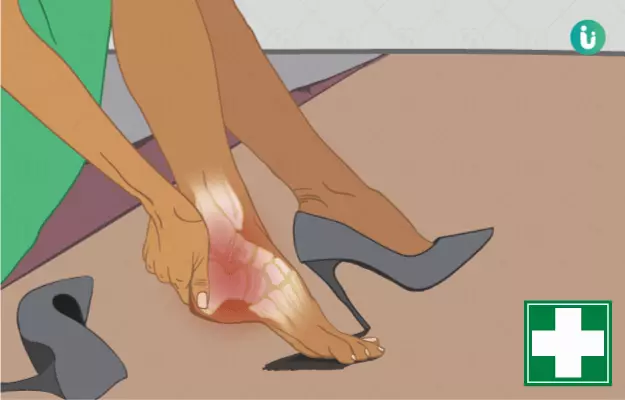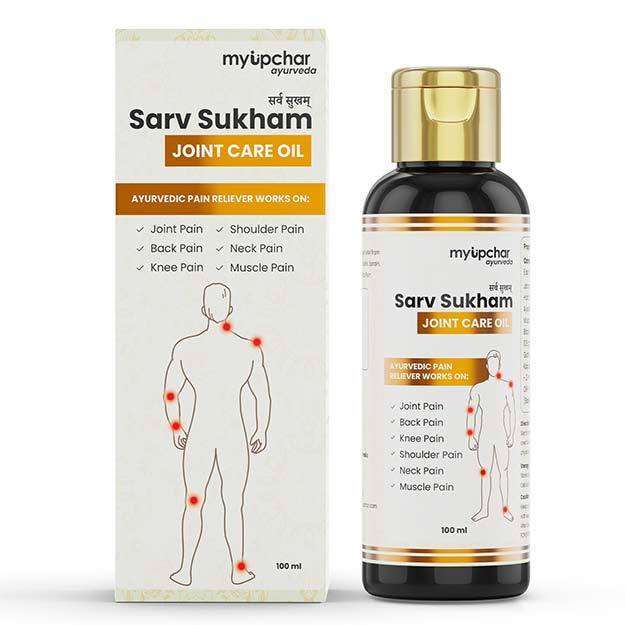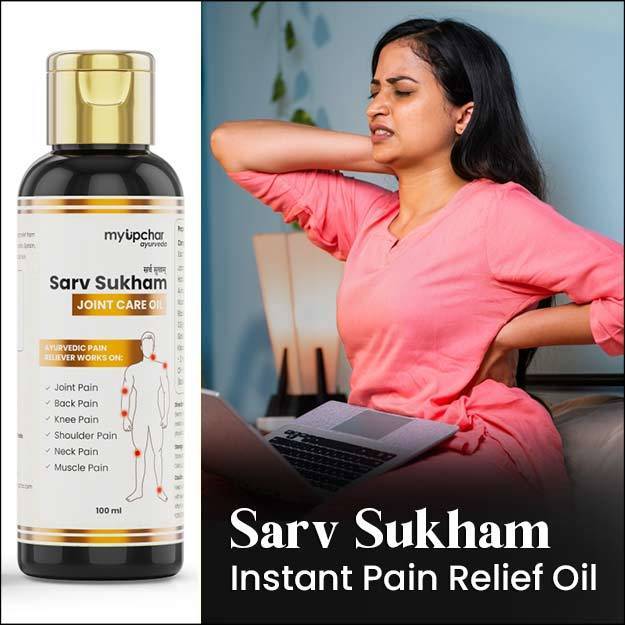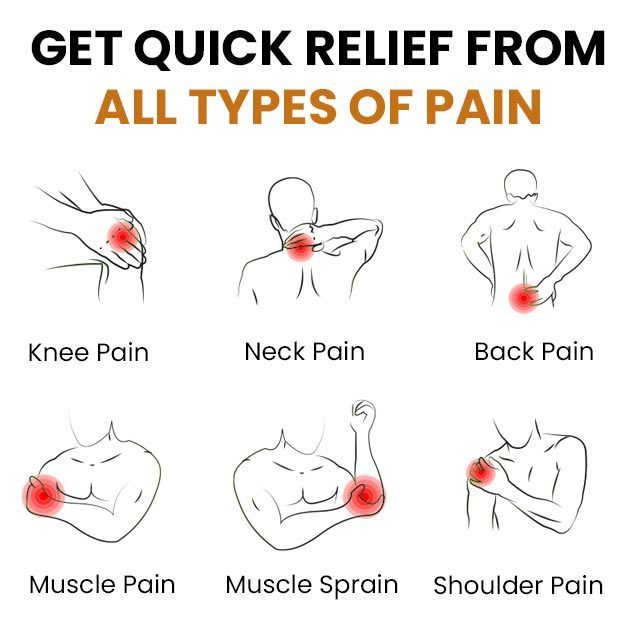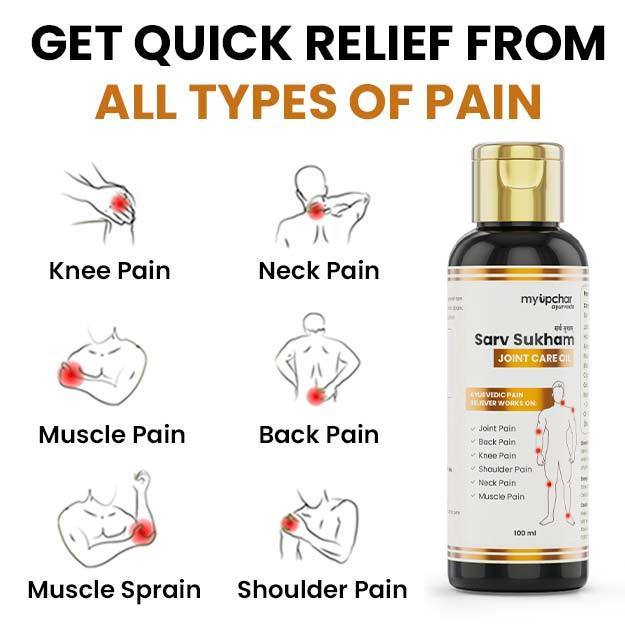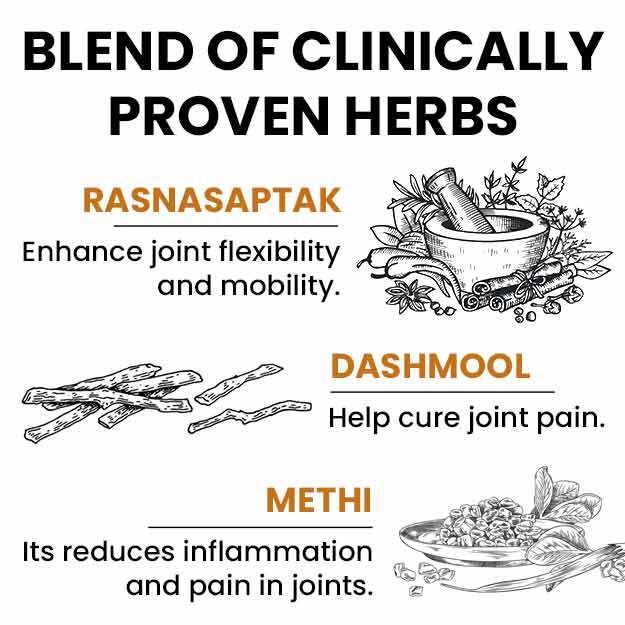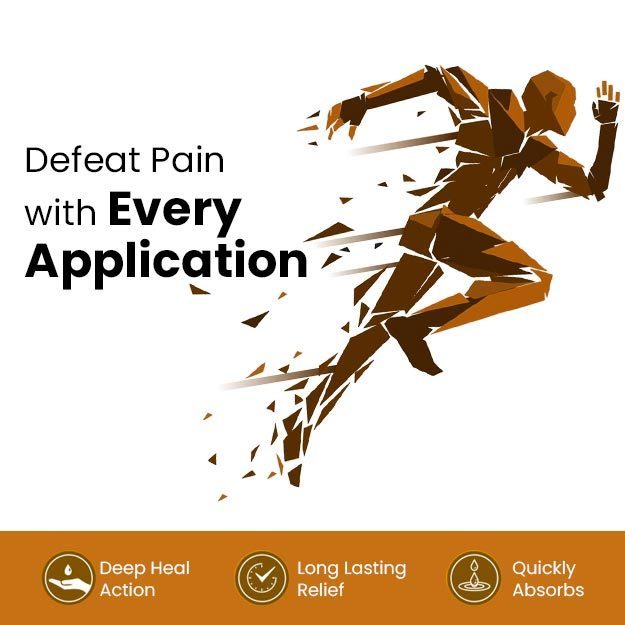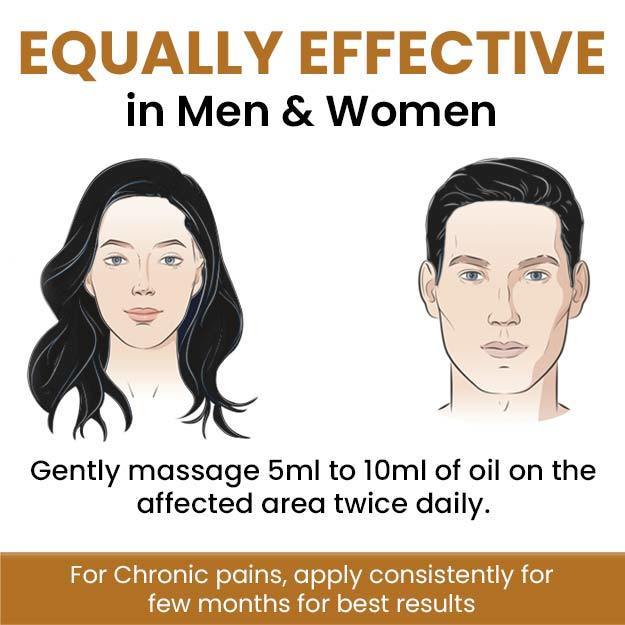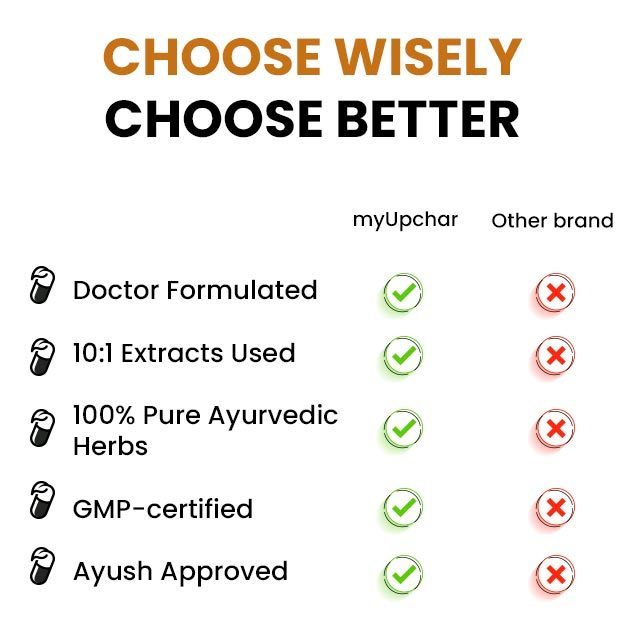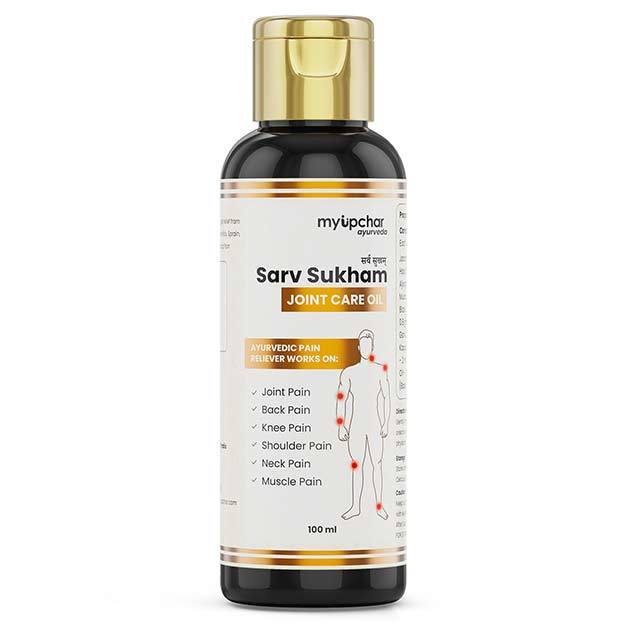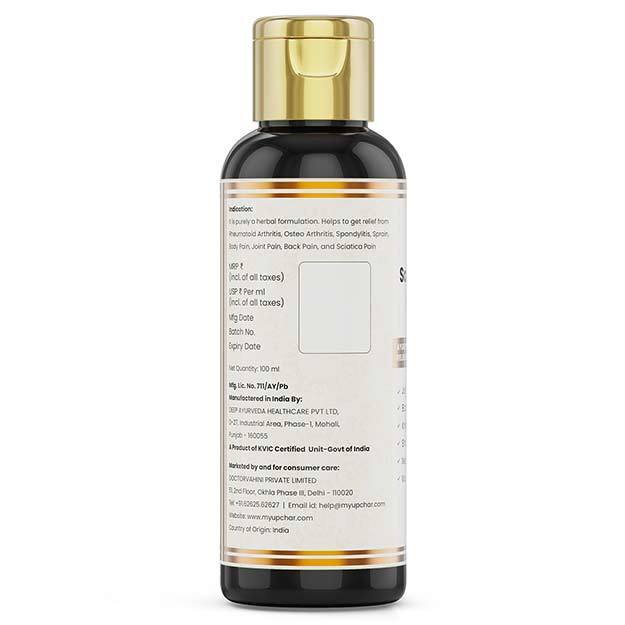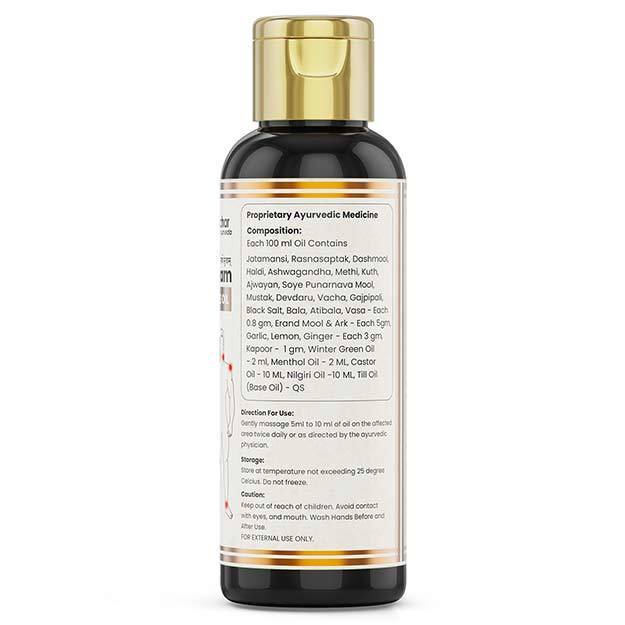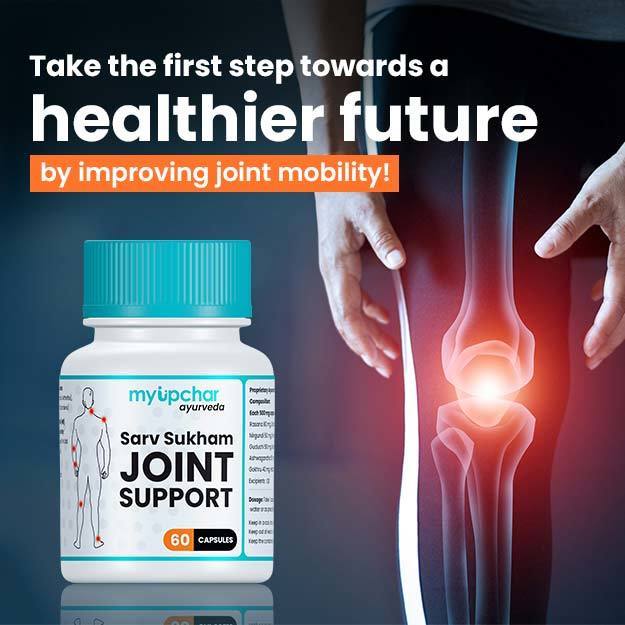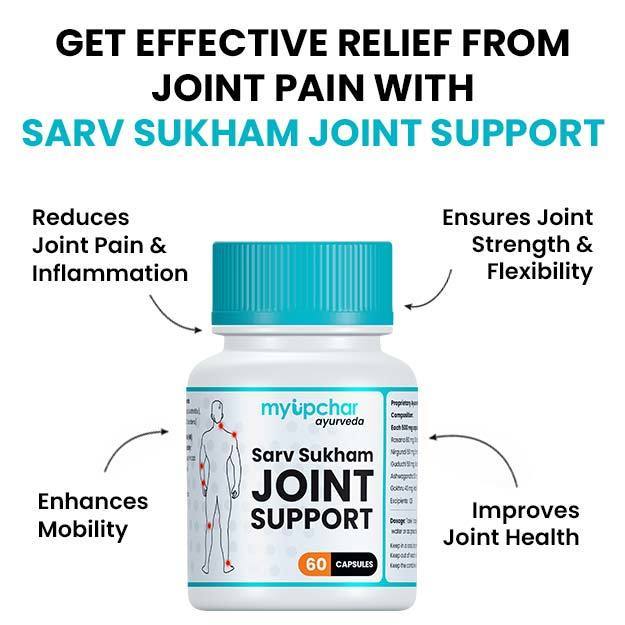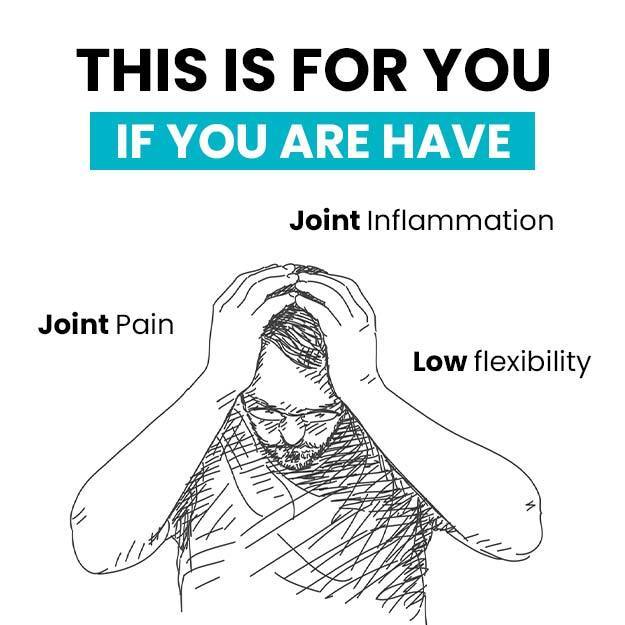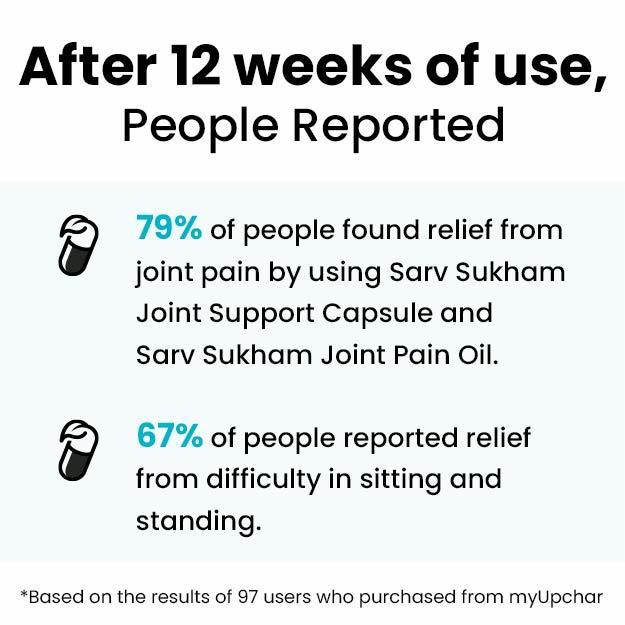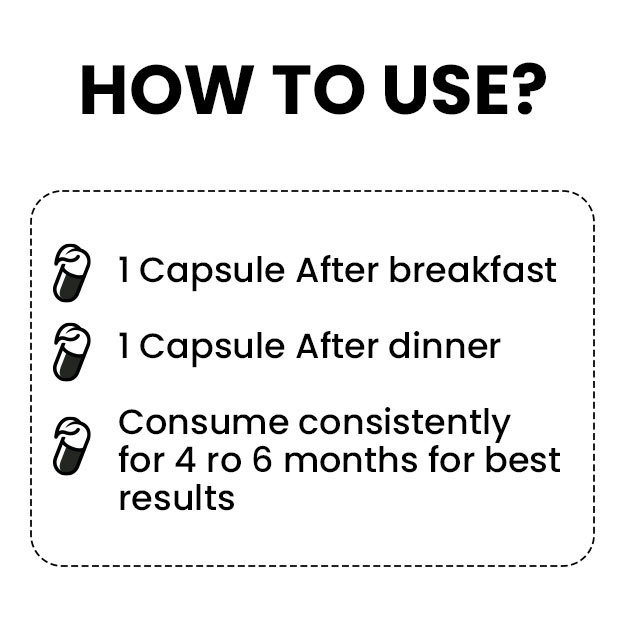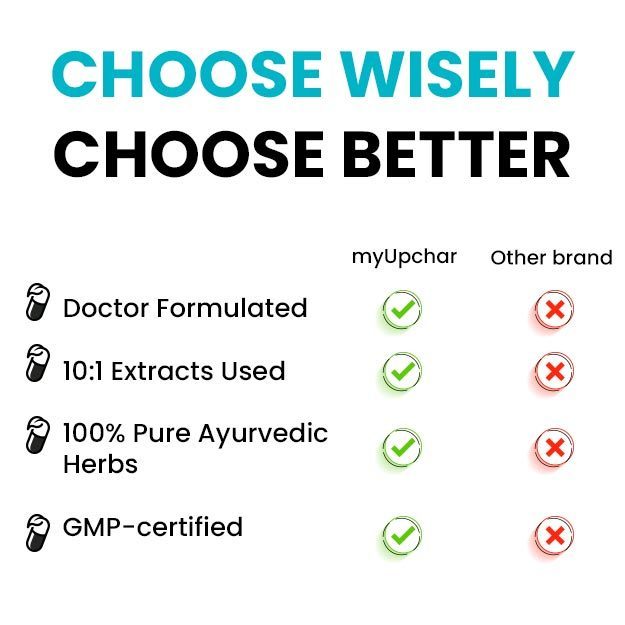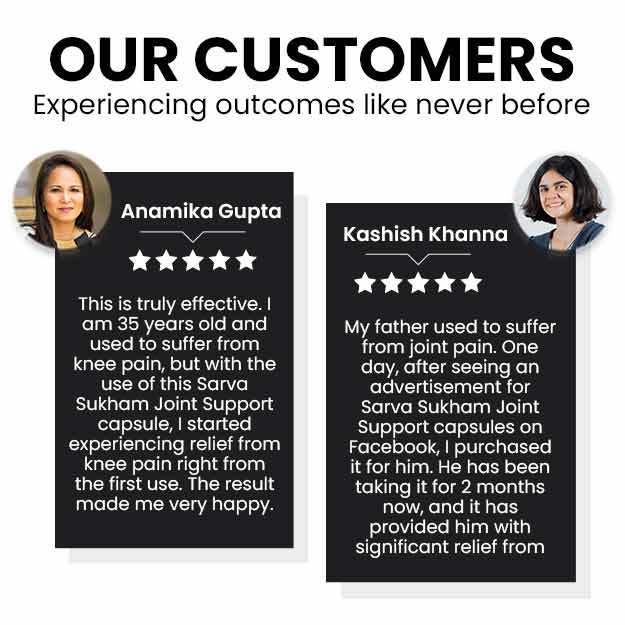A sprain is an injury of a joint ligament that results in a tear. Ligaments are tough inelastic connective tissues present in the joints that attach one bone to another. The function of ligaments is to give the joint stability. Undue stretching, pulling or application of force that causes the joint to forcibly move beyond its normal range of motion can cause the ligament to tear. Ligament tears can be partial or complete, depending on the extent to which the collagen fibres of the ligament are damaged. Sprains are often minor injuries that heal well in young healthy patients but can be more serious when associated with other injuries like bone fractures or dislocation of joints.
99% Savings - Buy Just @1 Rs
X

- हिं - हिंदी
- En - English
- Treatment
-
- Skin Issues
- Acne
- Fungal Infection
-
- Hair Problems
- Hair Growth
- Hair Dandruff
- Self-Analysis
-
- Chronic Diseases
- Diabetes
- Heart Care
- Weight Loss
- Sleep Support
- Liver Care
- Stress & Anxiety
- Our Brands
- Doctor Consultation
- Medicine A-Z
-
Health A-Z
-
- Treatments
- Home Remedies
- Herbs
- Surgery
- Lab Test
- Therapy
- First Aid
- Ayurveda
- Homeopathy
-
- Yoga And Fitness
- Fitness
- Yoga
- Weight Loss
- Weight Gain
-
- Other Topics
- Baby Names
- Beauty
- Healthy Foods
- Tips
- Health News
- Pet Health
- Men Health
- Medical Cannabis
- Login / Sign Up
